From Hong Kong to the South China Sea to the India-China border, Beijing is flexing its muscle and trying to extend its reach at a time when the world is preoccupied with the deadly COVID-19 pandemic, according to current and former U.S. officials and regional experts.
China has taken an aggressive stance on multiple fronts, tangling with its neighbors in the South China Sea and the East China Sea, tightening its grip on Hong Kong and entering into a violent clash with Indian troops last week along a disputed border.
“I think the pattern is pretty clear now,” said Michael Green, director of Asian Studies at the School of Foreign Service at Georgetown University.
At a moment of doubt for U.S. allies who question Washington’s reliability, China sees “a moment of opportunity,” said Green, who served on the White House National Security Council in President George W. Bush’s administration.

China is calculating that President Donald Trump, preoccupied with crises at home, is unable or unwilling to rally allies as a counter-weight to Beijing’s bold moves, and that Beijing can prevail in any standoffs with less powerful neighbors, Green and other experts said.
“I think the Trump administration has not been able to effectively mobilize allies and partners on a common position on China,” said Patrick Cronin of the Hudson Institute think tank.
“What China does fear is when coalitions mobilize against China,” but no effective coalition has emerged so far, he said.
Instead, China has confronted its neighbors one-by-one, displaying its military might and asserting sweeping territorial claims — even as it offered deliveries of medical supplies to combat the coronavirus outbreak in the region.
For Chinese President Xi Jinping, who is presiding over his country’s first economic contraction in years, the confrontations tap into nationalist sentiment and could help bolster his standing at home, experts said.
It’s no coincidence that China is testing the limits of its power when other countries are reeling from the pandemic and a global economic downturn, said former NATO commander ret. Adm. James Stavridis.
“China is absolutely taking advantage of COVID to move out aggressively on the entire One Belt, One Road strategy,” said the retired four-star admiral and MSNBC contributor. “If you lay the recent controversies over the map, it’s a perfect alignment with the One Belt, One Road initiative.”
The most serious clash came on Monday along the rugged border between India and China in the Himalayas. India said 20 of its troops died in fighting with Chinese troops that involved rocks, iron bars and fists but no guns. It was the worst violence on the disputed border in 45 years, and India accused China of carrying out a premeditated action to target Indian troops. China blamed India for the fighting in the Galwan valley.
Commercial satellite images appeared to show movement of Chinese troops and machinery in the days before the confrontation, according to an analysis by The Australian Strategic Policy Institute. The imagery “strongly suggests People’s Liberation Army forces have been regularly crossing into Indian territory temporarily on routine patrol routes,” the institute wrote.
In the disputed waters of the South China Sea, as much of the world struggled to cope with the COVID-19 outbreak, a Chinese maritime surveillance vessel rammed and sank a Vietnamese fishing boat near the Paracel Islands in April, according to Vietnamese officials. China denied the account, and accused the fishing boat of ramming its ship.

China also ventured into Malaysia’s coastal waters with a scientific survey ship and trailed an exploration vessel operated by Malaysia’s state oil company. The stand-off lasted a month and amounted to “high-risk intimidation” designed to send a message that any country or company would need Beijing’s permission before carrying out oil or gas exploration in the region, according to the Asia Maritime Transparency Initiative, which tracks South China Sea tensions. The U.S. called it “bullying behavior” but China’s Foreign Ministry insisted the Chinese ship was conducting routine activities.
To underscore its claims to the South China Sea, Beijing recently renamed 80 geographic features in the waterway and declared two new “administrative districts” around the Paracel and Spratly islands, prompting protests from Hanoi. Vietnam and five other countries have rejected China’s declarations and have competing claims over the sea, a vital transit route for global shipping and home to potential oil and natural gas resources.
In May, Chinese officials unveiled a “national security” law for Hong Kong that pro-democracy activists fear will crush civil liberties and strip away the island’s autonomy from mainland China.
China chose not to make the move on Hong Kong last year amid mass street demonstrations, when international attention was focused on the dramatic clashes, Cronin said. “China is doing by fiat during the pandemic what they were not able to do last year when they were embarrassed due to the street protests,” he said.
Throughout the pandemic, Taiwan, a self-ruled island that China claims as its own, has come under mounting pressure from Beijing. Taiwanese President Tsai Ing-wen has won international praise for her government’s handling of COVID-19 and accused Beijing of trying to shut it out of global health discussions.
“What ultimately determines the direction of the situation across the Taiwan Strait is a contest of strength,” China’s state-run Global Times warned in May.
To the north of Taiwan in the East China Sea, China set a record on Wednesday by maintaining ships near contested islands controlled by Japan for 65 consecutive days. Both Japan and China claim sovereignty over the Senkaku islands, which are known as the Diaoyu Islands in China.
Japan’s Chief Cabinet Secretary Yoshihide Suga on Wednesday said the situation was “extremely serious.” But China said it had an inherent right to patrol the area.
Since the coronavirus outbreak, China also has adopted a more aggressive tone in state-backed media and in statements from government officials, including embracing conspiracy theories about the pandemic, according to analysts who track information operations. The approach resembles Russia’s methods of manipulating information, designed to fuel doubts about established facts or undermine faith in democracies, according to Jessica Brandt, head of policy and research at the bipartisan Alliance for Securing Democracy in Washington.
Green agreed, saying, “Chinese interference in social media is now following the Russian pattern.”
Beijing’s assertive actions reflect Chinese President Xi Jinping’s hawkish idea of a “great rejuvenation of the Chinese nation,” a new superpower able to compete and prevail, experts said.
In the past, China has tended to calibrate tensions with adversaries and refrain from confrontation on all fronts, but that seems to have changed, said Gregory Poling of the Center for Strategic and International Studies think tank. “We do seem to be at the start of a dangerous new phase,” he said.
The United States and other countries in the region have responded to China with “freedom of navigation” naval patrols and plans for more joint exercises. The Pentagon has deployed three aircraft carriers in the Pacific over the past week, an unusual move not seen since 2017, when tensions rose over North Korea’s nuclear arsenal.
India has signed a defense agreement with Australia that permits both countries to use each other’s military bases. And Australia is expected to join naval drills with Japan, India and the U.S., amid concern about China’s growing sea power.
Speaking to a virtual Copenhagen Democracy Summit on Friday, Secretary of State Mike Pompeo said China often seeks to “single out” countries with coercion and prevent governments taking concerted action. But he said China was sowing increasing resentment with its hardline tactics, and that foreign officials privately expressed concern to him about China’s actions.
“We need to raise this to another level, to where countries are prepared and in position to respond to these things in a public way,” Pompeo said.
But the potential impact of a U.S.-led response to China has been undermined by President Trump’s ambivalence about America’s alliances, illustrated most recently in a dispute over how much South Korea should pay for the cost of stationing U.S. troops on its soil, experts said.
“This administration is singularly poorly aligned to deal with all of this. China has a coherent and synchronized strategy. Our approach is extremely episodic and idiosyncratic,” Stavridis said.
A new book by President Trump’s former National Security Adviser John Bolton likely will reinforce questions about Trump’s willingness to confront China. In his book, Bolton claims that Trump asked for China’s help in winning reelection in 2020 and that he encouraged China to build detention camps for Uighur Muslims in western China. The White House has dismissed the book’s allegations as false – CNBC News

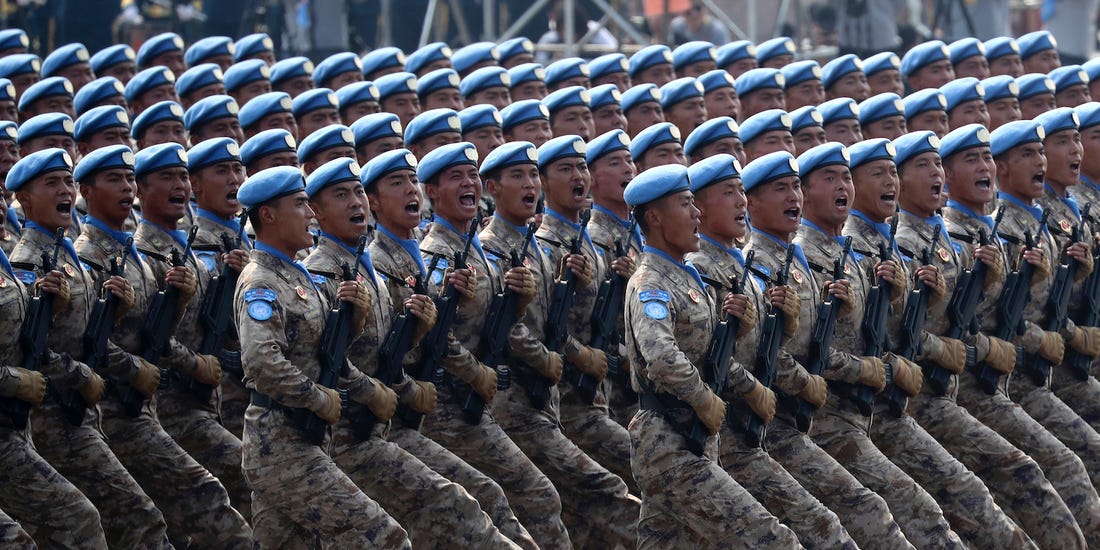
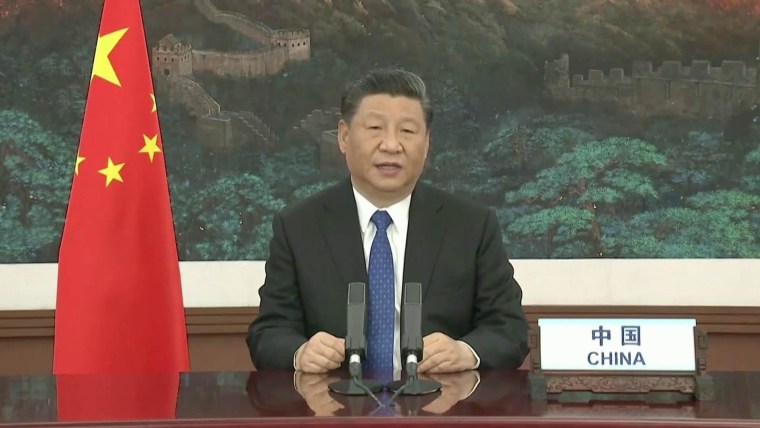
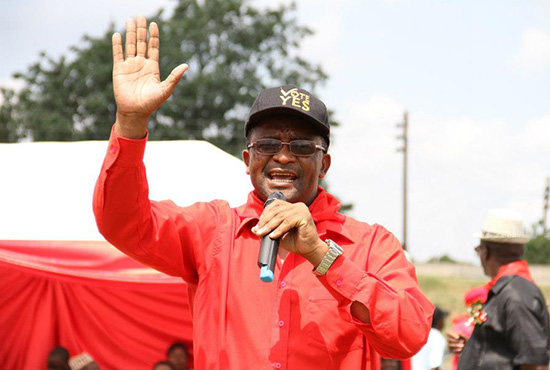
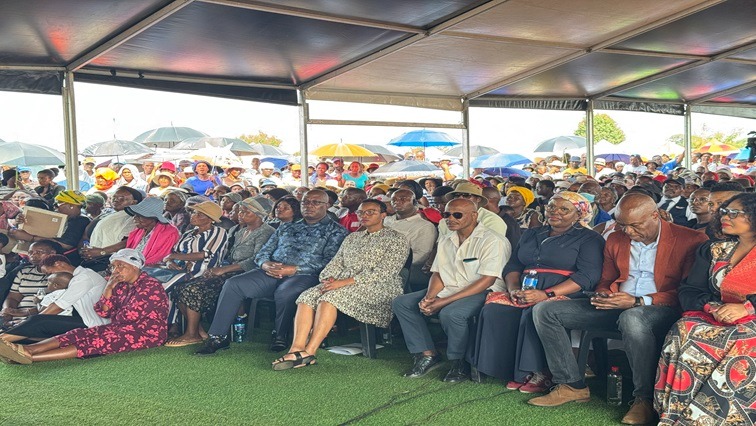
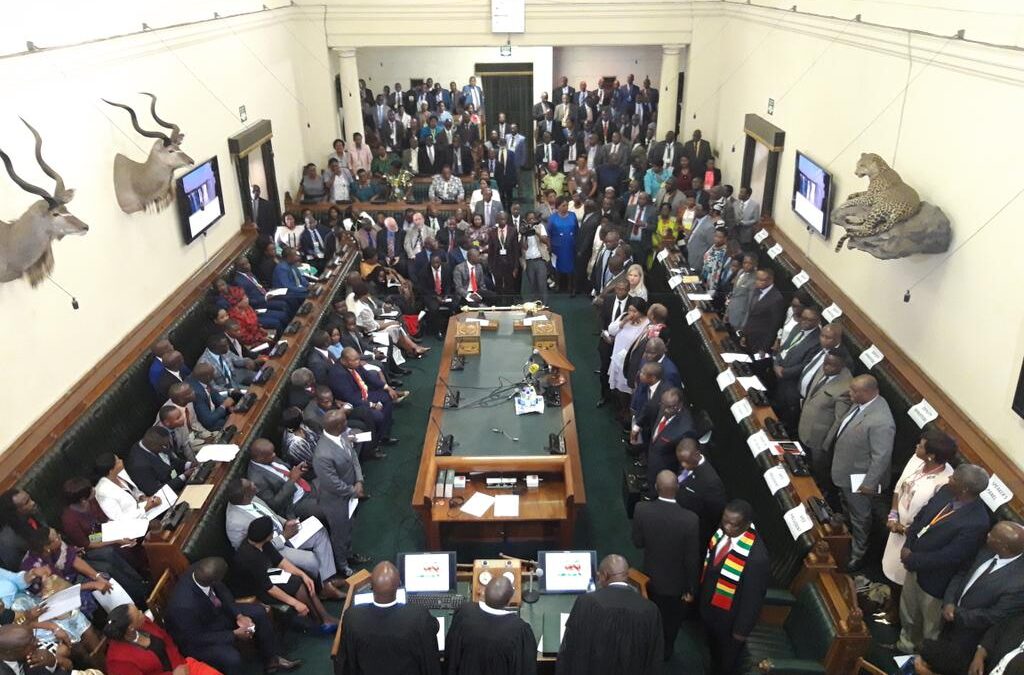
0 Comments